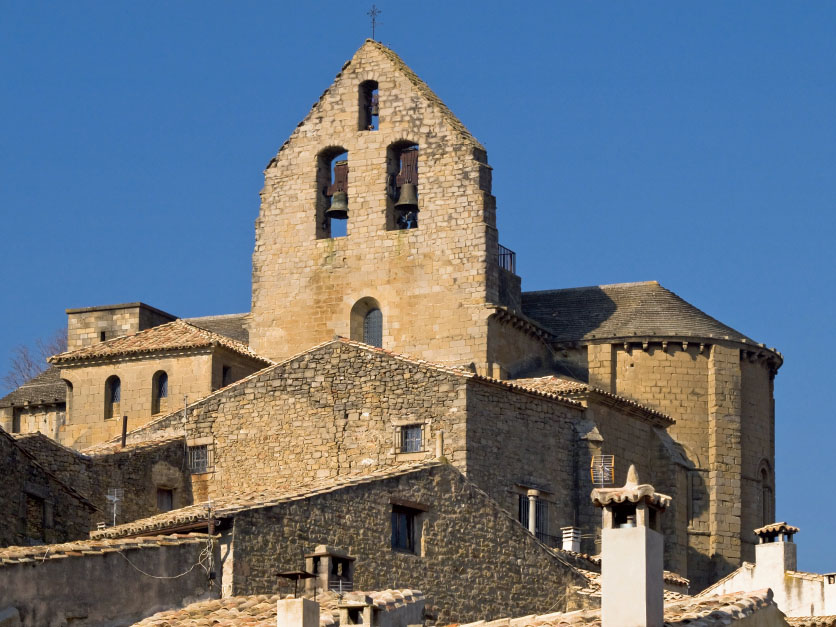Exploring American Histories: Printed Page 38
Exploring American Histories, Value Edition: Printed Page 32
Spain’s Global Empire Declines
As religious conflicts escalated in Europe, the Spaniards in America continued to push north from Florida and Mexico in hopes of expanding their empire. At times, they confronted Protestants seeking to gain a foothold in the New World. For example, French Protestants, known as Huguenots, settled in Florida in the 1550s. By 1565, Spanish soldiers had constructed a fort at St. Augustine and massacred some three hundred Huguenots. The fort’s main purpose, however, was to limit raids on Spanish ships by French and English privateers seeking to enrich themselves and their monarchs.
Yet as a result of the Council of Trent and the Catholic Counter-Reformation, Spain increasingly emphasized its religious mission. Thus Spanish authorities decided in 1573 that missionaries rather than soldiers should direct all new settlements. Franciscan priests began founding missions on the margins of Pueblo villages north of Mexico. They named the area Nuevo México (New Mexico), and many learned Indian languages. Over the following decades, as many as twenty thousand Pueblos officially converted to Catholicism, although many still retained traditional beliefs and practices. Thus they continued to practice religious ceremonies at sacred shrines known as kivas. Missionaries periodically destroyed the shrines and flogged Pueblo ceremonial leaders, but to no avail.
At the same time, the Franciscans tried to force the Pueblo people to adopt European ways. They insisted that men rather than women farm the land and that the Pueblos speak, cook, and dress like the Spaniards. Yet the missionaries largely ignored Spanish laws intended to protect Indians from coerced labor. Indeed, the Franciscans forced the Pueblos to build churches, provide the missions with food, and carry their goods to market. Wealthy landowners who followed the missionaries into New Mexico also demanded tribute in the form of goods and labor.
Then in 1598 Juan de Oñate, a member of a wealthy mining family, established a trading post and fort in the upper Rio Grande valley. The 500 soldiers who accompanied him seized corn and clothing from Pueblo villages and murdered or raped those who resisted. When the Spanish force was confronted by Indians at the Acoma pueblo, 11 soldiers were killed. The Spanish retaliated, slaughtering 500 men and 300 women and children. But fearing reprisals from outraged Indians, most Spanish settlers withdrew from the region.

In 1610 the Spanish returned, founded Santa Fe, and established a network of missions and estates owned by encomenderos, Spanish elites granted land and the right to exploit local Indian labor. The Pueblo people largely accepted the new situation. In part, they feared military reprisals if they challenged Spanish authorities. But they were also faced with droughts and disease, as well as raids by hostile Apache and Navajo tribes. The Pueblos hoped to gain protection from Spanish soldiers and priests. Yet their faith in the Franciscans’ spiritual power soon began to fade when conditions did not improve. Although Spain maintained a firm hold on Florida and its colonies in the West Indies, it began focusing most of its efforts on staving off growing resistance among the Pueblo people. Thus as other European powers expanded their reach into North America, the Spaniards were left with few resources to protect their eastern frontier.